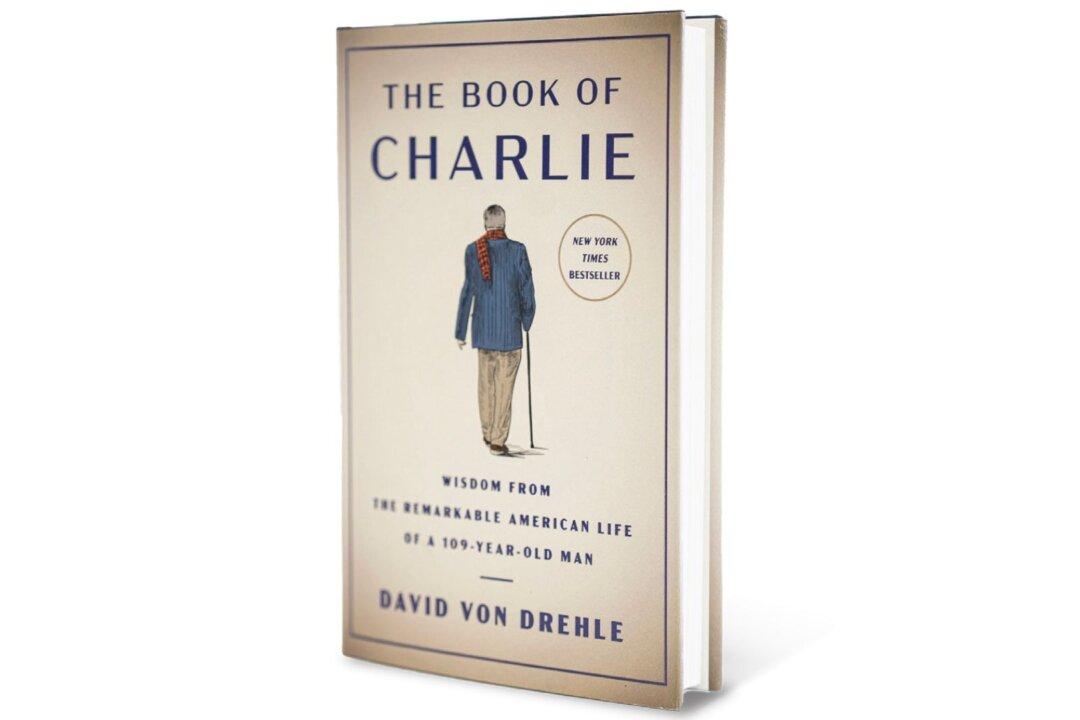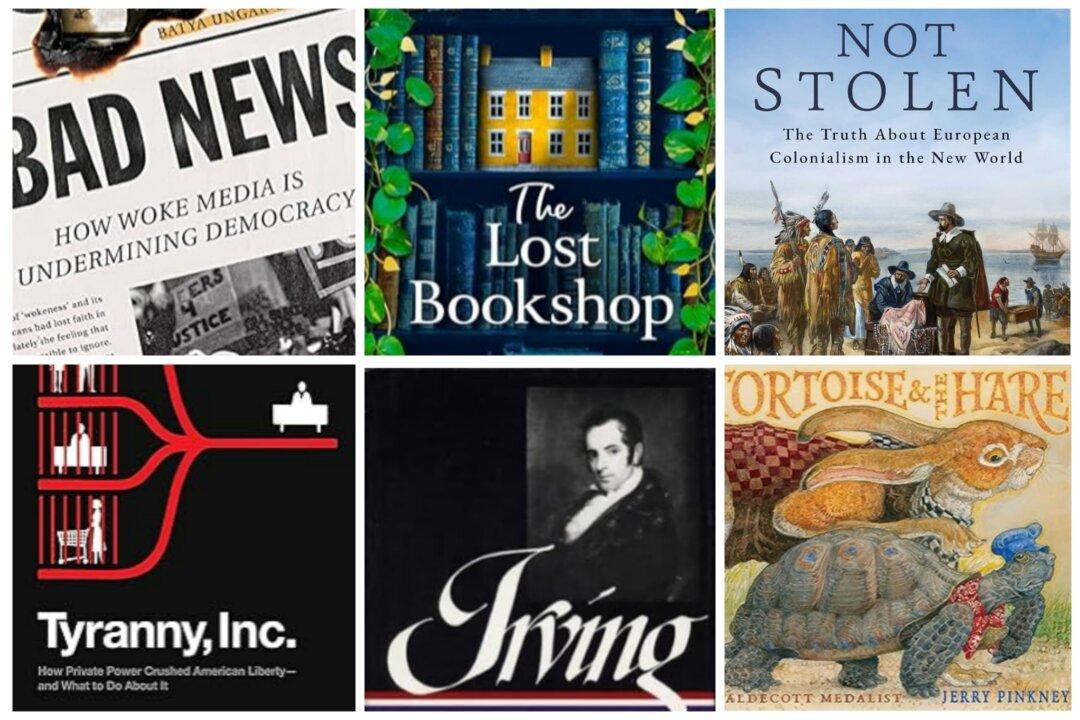Guy Stern celebrated his 100th birthday in January 2022. In 2017, he received the highest French order of merit for military and civil service: the National Order of the Legion of Honor.
Stern is a German-American decorated member of what we now know as the Ritchie Boys. He represents one of the approximately 15,000 men and women who were trained at Camp Ritchie, located in Maryland, from 1942 to 1946. After completing his training, he served as part of a military intelligence interrogation team during World War II. After the war, he went on to Columbia University and became a scholar in primarily German and comparative literature. He currently serves as the director of the Zekelman Holocaust Center in Farmington Hills, Michigan.






